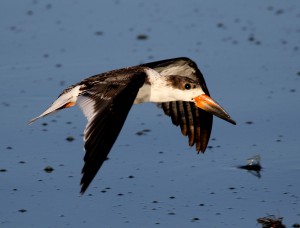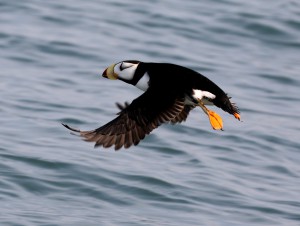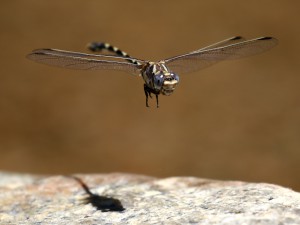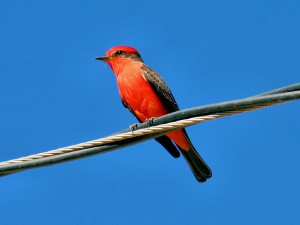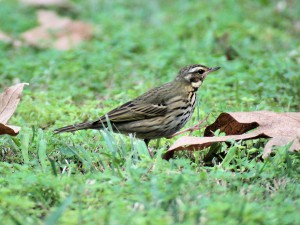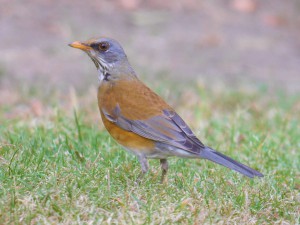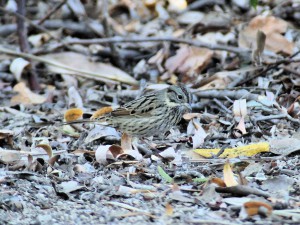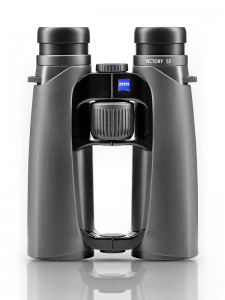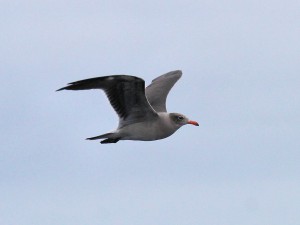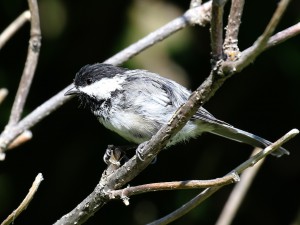
This Black-capped Chickadee was a regular visitor to the yard of the guest house where we were staying.
Seven chickadee species regularly occur in North America: Carolina, Black-capped, Boreal, Mountain, Chestnut-backed, Mexican and Gray-headed Chickadee. Chickadees form a closely-related group, all belonging to the same genus (Poecile). Chickadees are members of the family Paridae, which also includes the titmice. European birders call chickadees “tits”, and tits include some of the largest and most colorful members of the family.
Chickadees are small birds with big personalities. Chickadees get their name from their songs, which sound as though they are saying “chick-a-dee-dee-dee”, or variations on that theme. They are small birds (the largest are just 5.5 inches long) with proportionately large, round heads, variable amounts of white in prominent cheek patches, and always a black throat. All of our chickadees have short, sharp bills well-adapted for hammering open seeds or grabbing bugs out of crevices. Chickadees are gregarious, flocking birds except when nesting and fledging young each year. Then the flocks break apart and birds set up breeding territories. Chickadees frequently visit bird feeders across the continent, making them some of North America’s best known and most beloved birds. Continue reading

